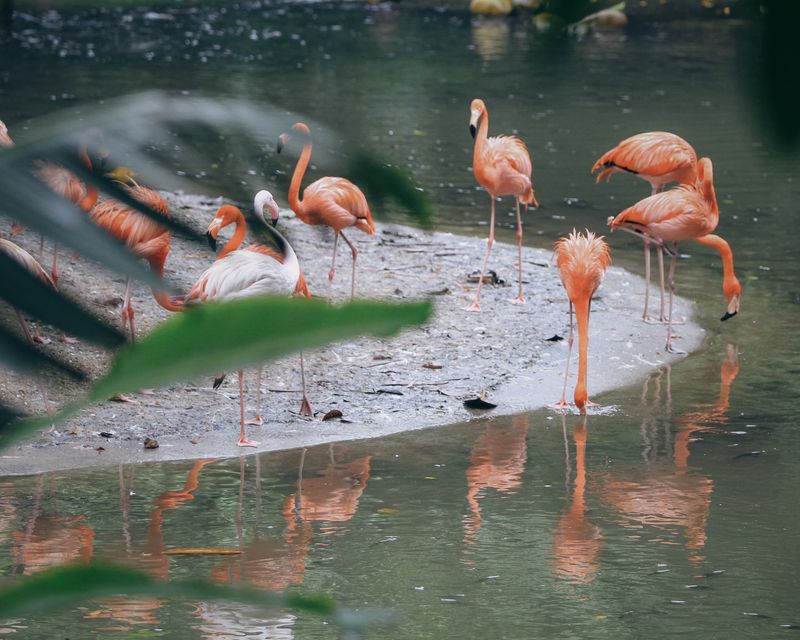When one thinks of river-dependent animals, they tend to think of those that spend most of their time in the water such as hippos and river dolphins, not rhinoceroses. However, despite the fact that rhinos may occasionally cross a river or seek relief in its cool water, the greater one-horned rhino, in particular, can be thought of as a river-dependent animal. In arid and semi-arid regions, rivers support a unique habitat type characterized by a ribbon of lush vegetation that winds through an otherwise barren landscape, providing critical habitat for many large mammals and other species.
These river corridors serve important functions for large mammals that need to migrate. Rivers work hard to actively create distinct habitat types. When floods occur, a healthy river can move across its floodplain, a phenomenon known as “channel migration,” which removes old habitats and creates new ones over time. The greater one-horned rhinoceros—the world’s largest rhino species—depends primarily on grasslands within river corridors and floodplains for their habitat, as they feed on grass and use dense vegetation as cover.
However, rivers that support complex habitat corridors can become vulnerable to dam development. They can reduce the energy necessary to change the habitats around them, simplify river corridors from a mosaic of multiple channels and islands to a primarily single-thread channel with far fewer islands and reduced habitat complexity. Damming rivers can reduce flood levels, resulting in a less enthusiastic river and reduced rates of channel migration. This is concerning, as, if the proposed major dam on the Karnali were to be built, one of its major impacts would be the loss of rhino habitat dozens of kilometers downstream.
The Kennedy Center’s statues of the greater one-horned rhinos were titled “Survivors,” representing a species whose population declined more than 90%, reaching a low of only 200 individuals at the turn of the 20th century. However, conservation efforts have led to an impressive recovery from that low point, and the species has been downlisted from Endangered to Vulnerable on the IUCN Red List of Threatened and Endangered Species. The sculptures are a reminder that, like many large land animals across the planet, rhinos are dependent on the habitat created by healthy rivers for their survival.
In conclusion, as a society, we must balance our energy needs with the needs to protect the earth’s natural resources and its inhabitants, including wildlife. Therefore, we must carefully consider the potential impacts of dam development and construction on river ecosystems and wildlife. It is not just about protecting our natural resources; it is about providing a better future for our planet’s future generations.

<< photo by Mehmet Turgut Kirkgoz >>